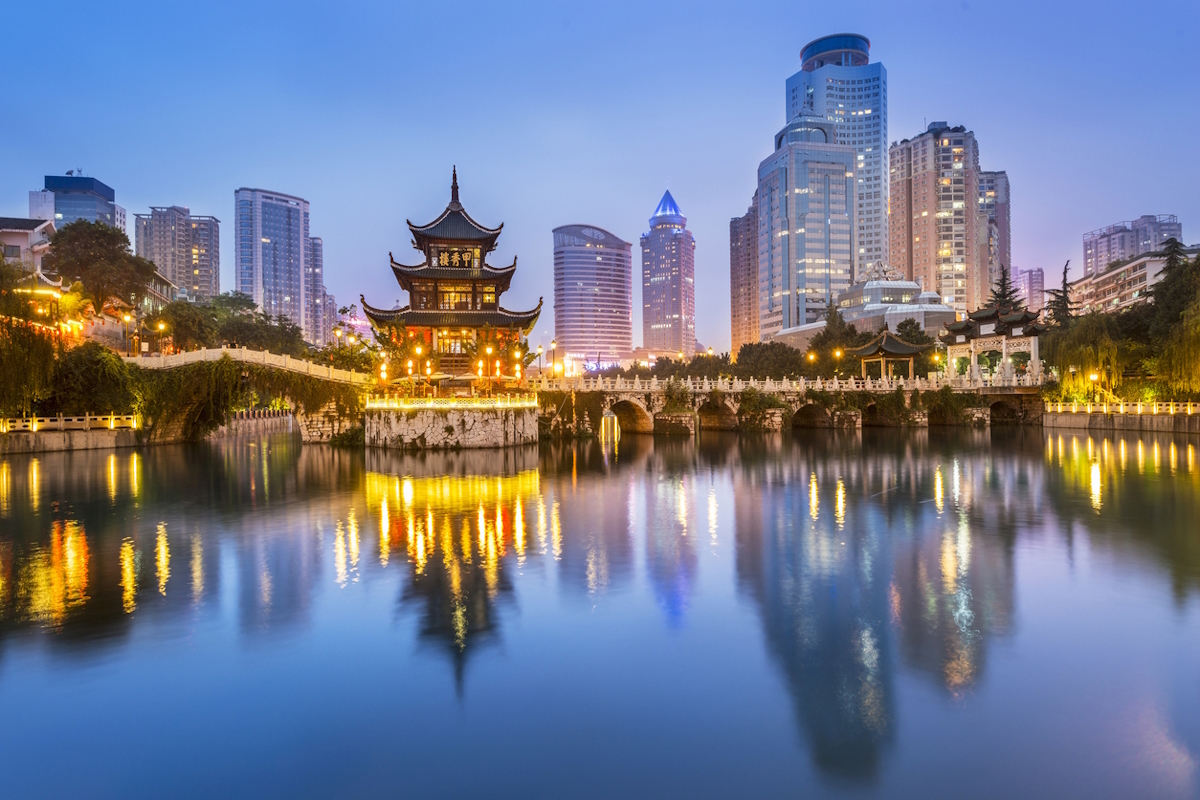Maximising the China opportunity

Gerry O’Reilly at Sinowei asks whether China could be the golden goose of trade for post-Brexit Britain
China’s decision to open its markets in the late 1970’s marked a pivotal shift in the global landscape. Unprecedented growth rates transformed the country into an economic powerhouse, and the impact of this has been profound.
Initially, China’s growth model was largely export-led, hence its name as “the factory of the world” and the multitude of daily items stamped “Made in China”. The Chinese government gradually sought to create a more balanced, consumption-driven economy to reduce reliance on exports and investment. This shift was designed to foster a more sustainable and stable path.
China’s growing middle class has been a critical factor fuelling the import market. Expansions in trade and investment resulted in hundreds of millions of Chinese citizens having access to new opportunities and disposable incomes. This burgeoning middle class developed a taste for foreign products, which are often perceived to have higher quality and which carry a certain prestige compared with domestic alternatives.
This demand spans a wide range of categories, including food and beverage, cosmetics, health products, luxury fashion, accessories, consumer electronics, and automobiles. Chinese consumers have a particular fascination with brands and products from the UK, which has long been esteemed as a pillar of quality and tradition.
The appetite for imported goods isn’t limited to tier-one cities like Beijing and Shanghai but has also spread into smaller cities and towns, further broadening the market for international businesses. E-commerce and community group buying platforms have played a key role in widening this consumer reach.
Government policies and international trade incentives such as reduced tariffs, free-trade zones, and the Belt and Road Initiative (BRI) have enhanced economic cooperation between China and the rest of the world. Within the first quarter of this year, Chinese representatives held an array of bilateral meetings to strengthen the flow of trade with countries around the world.
Despite these measures, China still presents a unique set of challenges for companies and exporters that stem from a combination of regulatory, cultural and competitive landscapes.
Businesses are often deterred by China’s extensive customs system to legitimately be imported and sold into the country. Companies must obtain necessary permits and licenses specific to the product category. Chinese accreditations such as GACC, AQSIQ, CIQ, trademarking and back label registrations are ever changing and can only be achieved by completing lengthy application processes in Mandarin.
This leads us to another market barrier: language. Unlike in Europe where companies are more likely to find common languages to communicate with, most people in China speak Mandarin. While many Chinese businesspeople have a good command of English, western companies expecting to achieve anything without Mandarin fluency or accurate translation services at hand will find navigating business almost impossible. The added danger can result in misinterpreting brand messaging or, worse, causing offence.
China has a distinct business culture and etiquette, and adapting to this is crucial for success in the country. For example, “Guanxi” is a custom that values building strong relationships with Chinese partners and customers.
The perception of China as a homogenous market has resulted in many failed strategies that showed little to no adaptation to the needs of Chinese consumers. Although united as a nation, China’s trends vary from region to region. The frenzy of trying to enter China’s increasingly consumer-powered economy created a vacuum of misplaced distribution and marketing of products that lacked functional value for much of the population.
Another risk for companies to be aware of is pursuing western models unsuited for China. Becoming “westernised” has been a trending concern in China and has become associated with the dissolution of some of Asia’s core traditions and values.
The word “westernised” gradually became synonymous for companies that stormed the market rather than mingled into it. Often, brands experiencing success in other export markets have a false sense of security when they approach China. While many consumer trends have floated into China from the West, trying to apply the same strategies as in the UK, US or EU markets can be ineffective, like dropping oil into water.
Launching into China means starting again. We always ask potential clients: Are you “China curious” or “China serious”? From our experience, some companies are “China curious”; willing to invest limited time and minimal budget to test the appetite of this huge market, with the expectation of quick sales return. Not only is this not realistic, but it is a risky strategy that can be a waste of time and money.
There is no shame in being “China curious”. But the days of Chinese consumers being wowed by the cachet of an “international brand” passed long ago. They now want brands that can demonstrate an understanding of their distinct aspirations.
Being successful in China takes commitment. That means companies need to be “China serious”, willing to allocate the budget and resources, but most importantly, the time, to win in this massive and complex market.
Working with a partner with a permanent presence in the country and an established network of trusted customers is advised. This way you’re well-positioned as you launch, and an experienced partner can provide sound market advice and support on every step towards success.
Gerry O’Reilly is founder and CEO of Sinowei which has been marketing and selling authentic Western products through key digital platforms in China since 2020
Main image courtesy of iStockPhoto.com and aphotostory

Business Reporter Team
Most Viewed
Winston House, 3rd Floor, Units 306-309, 2-4 Dollis Park, London, N3 1HF
23-29 Hendon Lane, London, N3 1RT
020 8349 4363
© 2025, Lyonsdown Limited. Business Reporter® is a registered trademark of Lyonsdown Ltd. VAT registration number: 830519543





